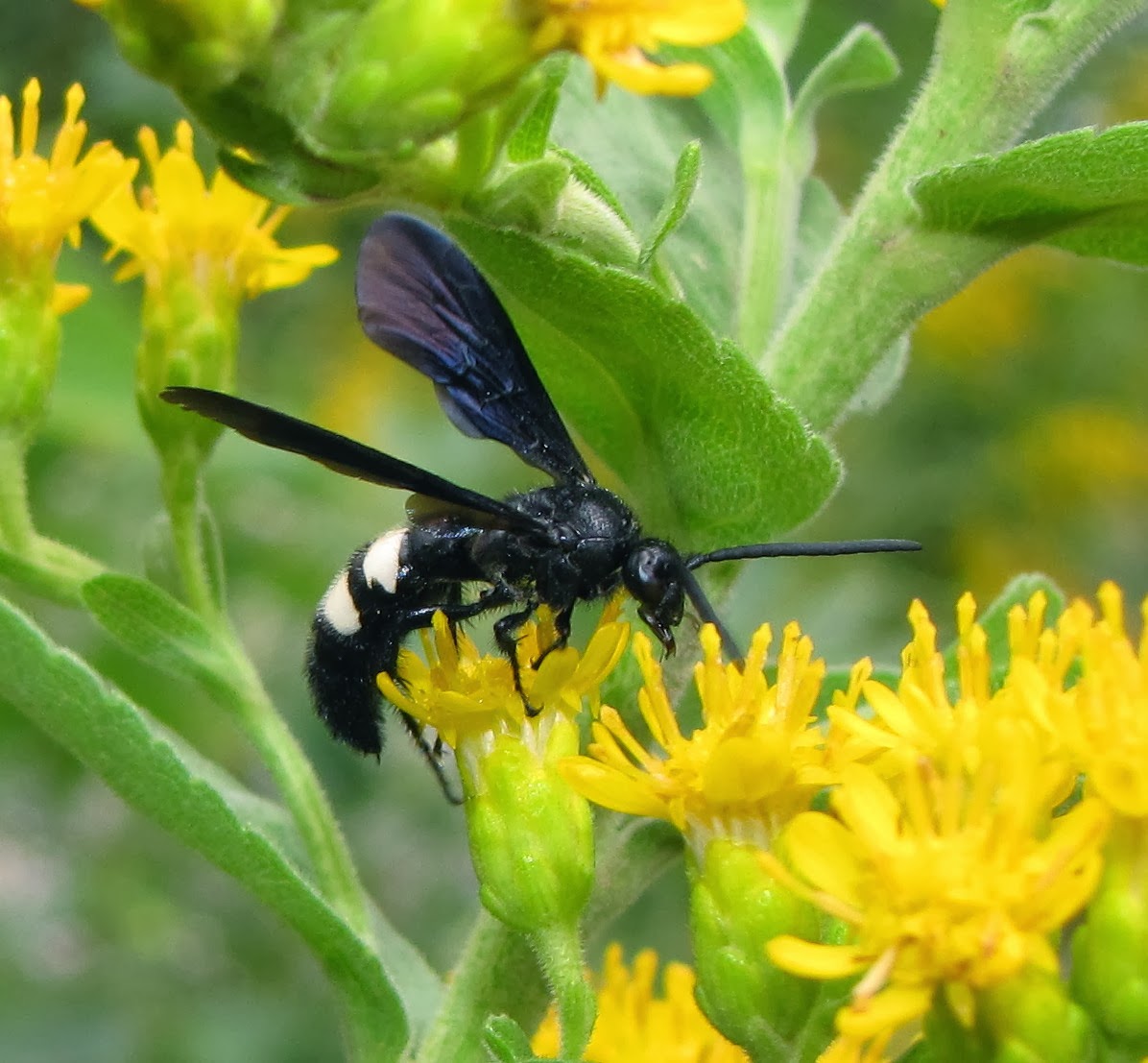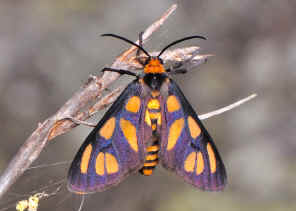

The raw materials for the “paper” are from vegetable fibers, such as rotten or weathered wood, dead plants, or even man made materials such as cardboard and newspaper. Nests are constructed of multiple layers of hexagonal combs, similar in shape to those of honeybee nests and covered in a mottled gray paper envelope. They are often pear or egg shaped and can be as large as 14 inches in diameter and over 23 inches in length. Nests can also be built on eves of buildings, on windows, in attics or on other artificial structures. Nests that have been reused have only been seen in more tropical areas of North America.īaldfaced hornet nests often hang in trees and shrubs where they go unnoticed until the leaves have dropped in the fall. In most cases, abandoned nests are not reused and often decompose during the winter. The original queen and workers die after the males and future queens leave the nest. The males and queens will leave the nest, mate and the new queens will find a suitable protected site to overwinter. In early July to September, new queens and males are produced. Colonies often average about 400 workers, but can vary in size from 100-700. After the first generation of wasps complete development and emerge as winged adults, they assume the duties of building and maintaining the nest, and foraging for food, water, and care for the colony. Once she finds a suitable location, a queen begins construction of a paper nest, lays eggs, and collects prey to feed her growing young. During early spring (April June) mated queens emerge from protected sites, such as stumps, logs, and under loose bark.

Payne, USDA Agricultural Research Service, īaldfaced hornet nests are made up of one queen and many female workers. Queens look similar to the workers and are only a little larger. Adult workers vary in size, but average about 3/4 inch long. Compared to other yellowjackets, baldfaced hornets are extremely large. They also have three white stripes on the end of their body. The most notable feature of this wasp is the white or “baldface” head. Appearanceīaldfaced hornets are different from other yellowjackets because of their white and black color as opposed to the more typical yellow and black pattern. It is only when their nests are located near areas of human activity that they pose a threat to people. In nature, baldfaced hornets are extremely valuable because they kill many pests including flies, caterpillars, and spiders. The baldfaced hornet is often confused with a similar sized wasp, the European hornet, which is the only true hornet in North America. It is actually one of the many types of yellowjackets found in the United States.

Contrary to the name, the baldfaced hornet is not a hornet. American Academy of Dermatology.Known for large nests and a defensive nature, baldfaced hornets are an impressive and often misunderstood members of the wasp family. Australasian Society of Clinical Immunology and Allergy. Allergic Reaction to Bites and Stings.Insect Venom Allergies: Short-Term and Long-Term Treatment.Cornell Cooperative Extension of Oneida County. Prevention and Control: Bees and Wasps.If you’ve had an anaphylactic reaction to wasp venom, ask your doctor about allergen-specific immunotherapy to prevent or reduce future reactions. This may include administering cardiopulmonary resuscitation or oxygen therapy. Use an over-the-counter pain reliever such as ibuprofen (Advil or Motrin) or acetaminophen (Tylenol) to reduce pain.įor a moderate-to-severe allergic reaction, treatment involves stabilizing your health.Administer immediately after a sting to avoid anaphylaxis, he adds. Carry epinephrine (EpiPen) if you have a history of a severe allergic reaction to wasp venom. Take an antihistamine like Benadryl or Claritin if you have a reaction, says Conti.If you’re stung in the leg or arm, keep this part of your body elevated. Apply a cold compress to relieve pain and swelling. Wrap the cold pack in a towel and place it on the sting - 10 minutes on, 10 minutes off.
Black wasp with white stripes skin#
Clean the area every day until it heals, to prevent a skin infection.

So if you’re stung, you don’t have to remove one from your skin.


 0 kommentar(er)
0 kommentar(er)
